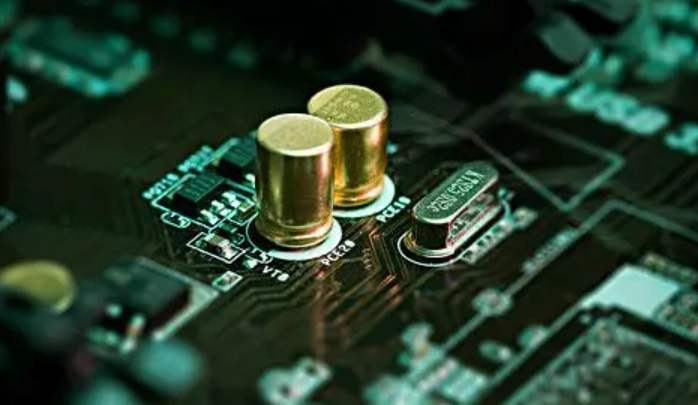
In recent years, a more and more important topic in the field of high-speed design is the design of controlled impedance circuit board and the characteristic impedance of the interconnectors on the circuit board. However, this is also a fairly confusing and unintuitive problem for non-electronic design engineers. Even many electronic design engineers are confused. This material will provide a brief and intuitive introduction to characteristic impedance, hoping to help you understand the rather basic qualities of transmission lines.
What is a transmission line?
What is a transmission line? Two conductors of a certain length form a transmission line. One conductor becomes the channel through which the signal travels, while the other conductor forms the return path of the signal (here we refer to the return path of the signal, which is in fact what is commonly understood as ground, but the concept of ground is forgotten for the sake of narration). . In a multilayer circuit board design, each PCB interconnector forms a conductor in a transmission line that uses the adjacent reference plane as a second conductor of the transmission line, or a return path for the signal. What kind of PCB interconnection wire is a good transmission wire? Generally, if the characteristic impedance is consistent everywhere on the same PCB interconnector, such a transmission line becomes a high-quality transmission line. What kind of circuit board is called a controlled impedance circuit board? A circuit board with controlled impedance means that the characteristic impedance of all transmission lines on the PCB board conforms to a uniform target specification, usually meaning that the characteristic impedance of all transmission lines is between 25Ω and 70Ω.

Think about it in terms of signals
A fairly effective way to consider characteristic impedance is to look at what the signal itself sees as it travels along a transmission line. To simplify the discussion of the problem, it is assumed that the transmission line is of microstrip type and that the cross-section of the transmission line remains the same when the signal is propagated along the transmission line.
A step signal of magnitude 1V is added to the transmission line. The step signal is a 1V battery connected by the front end between the signal line and the return path. At the moment the battery is switched on, the signal voltage waveform will travel through the dielectric at the speed of light, usually about 6 inches /ns (why the signal travels so fast, rather than about 1cm/s closer to the speed of electron travel, is a topic for another time, but no further details here). Here, of course, the signal is still conventionally defined. The signal is defined as the voltage difference between the signal line and the return path, always by measuring the voltage difference between any point on the transmission line and the signal return path near it.
The signal travels forward along the transmission line at a speed of 6 inches /ns. What happens to the signal during transmission? During the initial 10ps interval, the signal travels 0.06 inches in the direction of the transmission line. Let's assume the lock time is at this point, and let's consider what happens to the transmission line. Over this distance the transmission of the signal establishes a stable constant signal of magnitude 1V between the line and the corresponding adjacent signal return channel. This means that additional positive and negative charges have built up along this section of the traveling line and the corresponding return path to establish this stable voltage. It is this charge difference that creates and maintains a stable 1V voltage signal between the two conductors, and a stable voltage signal between the conductors creates a capacitor between the two conductors.
The line segment on the transmission line that lies before and after the signal wave at this time is unaware of the signal to be transmitted, and thus maintains zero voltage between the signal line and the return path. During the next 10 Ps interval, the signal will travel a certain distance along the transmission line. As a result, another 1V signal voltage will be established between another 0.06 inch line segment and the corresponding signal return path. In order to do this, a certain amount of positive charge must be injected into the signal line and an equal amount of negative charge must be injected into the signal's return path. For every 0.06 inches a signal travels along a transmission line, more positive charge is injected into the line, and more negative charge is injected back into the path.
Where does this charge come from? The answer comes from the signal source, the battery we use to provide the step signal, attached to the front of the transmission line. As the signal travels along the transmission line, it continuously recharges the transmission line segment, ensuring that 1V voltage is established and maintained between the signal line and the return path wherever the signal travels. Every 10ps time interval, the signal will travel a certain distance along the transmission line and draw a certain amount of charge δQ from the power system. A constant signal current is formed when a battery provides a certain amount of charge delta Q at a time interval delta t. A positive current flows from the battery into the signal line, while an equal amount of negative current flows through the signal's return path.









